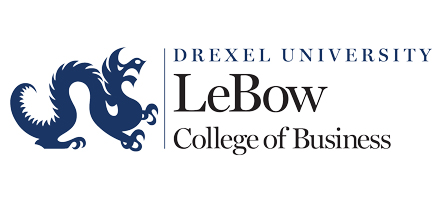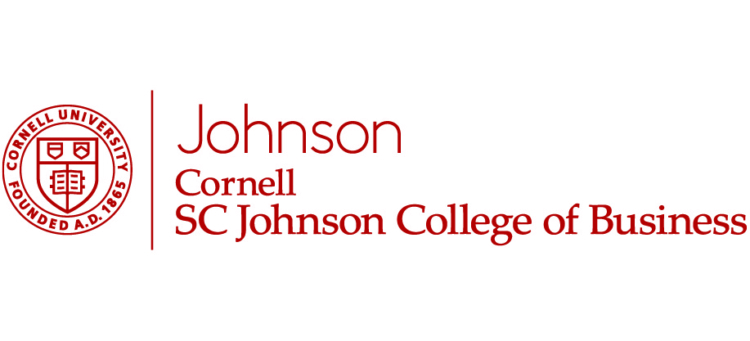
Yale School of Management
For the first time ever, the Executive MBA program at Yale University’s School of Management has captured the top spot in a major ranking, The Economist‘s third list of the world’s best EMBA programs. Yale beat out other major EMBA players by ranking first out of 65 programs on pre-MBA salary as well as earning high marks for the quality of the faculty, culture and classmates as judged in an alumni survey.
To gain first place in the ranking, Yale had to jump nine places from its tenth place finish in 2015, the last time the Economist ranked EMBA programs. Earlier this year, Yale’s EMBA program was in a three-way tie for 23rd place with Emory University’s Goizueta School of Business and the University of Washington’s Foster School (see Behind Yale’s No. 1 Executive MBA Ranking).
The 22-month program which meets every other Friday and Saturday boasts an unusual twist, providing students with the ability to pick one of three focus areas, asset management, healthcare, or sustainability, that accounts for a quarter of the program’s coursework.
Yale is attracting a group of exceptional students to its EMBA program. Pre-EMBA salaries of SOM students was an impressive $191,875 but rose to $266,125 two years after graduation, a hefty 43.9% jump. Among the 68 students in the Class of 2019, are physicians, chief operating officers, digital directors, and entrepreneurs. Some 37% of the class already boast advanced degrees. One student iis director of global business development for a pharmaceutical company, and has co-authored 20-plus publications and 10-plus patents. Another student is a treasurer for a large city in Florida, overseeing its cash, investment, debt and pension portfolio, while yet another EMBA candidate oversees energy efficiency and sustainability initiatives across a major university, and has previously helped improve fuel economy at a major auto company.
BERKELEY HAAS MAKES THE TOP FIVE
Rounding out the top five programs were No. 2 UCLA’s joint program with the National University of Singapore, No. 3 Northwestern University’s Kellogg School joint EMBA with WHU Beisheim in Germany, No. 4 UC-Berkeley’s Haas School of Business, and No. 5 IMD (Institute for Management Development).The fourth place showing by Haas is especially notable, considering that Berkeley had a joint EMBA with Columbia until 2013 before going out on its own (see Haas & Columbia Get An EMBA Divorce).
This year’s ranking from the Economist contains many shocks and surprises. The University of Pennsylvania’s Wharton program, ranked second behind Chicago Booth on the U.S. News list, isn’t ranked at all by The Economist. Columbia Business School plunged 14 places to finish 29th, from 15th last time, an abysmal showing for one of the biggest EMBA players in the world.
Some 18 schools that had been on the Economist’s 2015 ranking saw rises or falls in double-digits, including Arizona State University’s W. P. Carey School which jumped 23 places to rank 12th, from 39th in 2015. The EMBA program at the University of Texas’ McCombs School dropped 20 places to rank 38th.
18 NEW SCHOOLS ON THIS YEAR’S ECONOMIST LIST
All told, 18 schools that had not been on the list in 2015 pushed through to gain a ranking this year. The newcomers included Berkeley and IMD but also No. 10 Warwick and No. 20 EDHEC Business School. At least 14 schools disappeared from the ranking altogether, including Ohio State University, Cranfield Business School, Emory University, Washington University’s Olin School of Business.
The Economist ranking is based on two surveys that were in the field between March and May of 2018. A questionnaire for business schools included more quantitative measures, such as details of students and faculty, the number of overseas assignments required and statistics on alumni. The second survey went to current students and alumni from each schools’ last three graduating classes. The Economist said that about 8,000 responses were received on the student and alumni survey. Among other things, students were asked to rate their classmates, faculty, the facilities as well as how the program fulfilled their own professional goals. Alumni also reported their pre-EMBA and post-EMBA salaries.
Two dozen different metrics are used by The Economist to crank out its ranking. The quality of the students, for example, is measured by average pre-EMBA salaries, years of both full-time work experience and managerial experience as well as student and alumni views of the quality of their classmates and the school’s culture. As is often the case with business school rankings, money looms large: Pre- and post-salary numbers account for nearly 36% of the ranking’s weight.
SMALL OFTEN MEANINGLESS DIFFERENCES CAN LEAD TO BIG RANKING CHANGES
Differences on this survey can be statistically meaningless yet have a big impact on a school’s ultimate ranking. On a scale of one to five with five being the best possible answer, for example, students and alumni of Columbia’s EMBA rated the faculty a 4.56. That score put Columbia in 22nd place versus Yale which had a score of 4.69 that put SOM in fifth place on that measure. So a slight difference of .13 in the score caused Columbia to rank 17 places below Yale.
Small score differences can even have larger consequences. In judging the quality of the teaching in the program, Columbia’s students and alumni gave the profs an average rating of 4.53 which put CBS in 29th place on teaching quality. Yale, which was ranked third on this measure, got a 4.69, a different of .16 resulted in a rankings gap of 26 places.
There also are some discrepancies in the data reported by The Economist even though that data is central to its ranking. For example, The Economist says that Yale SOM students had the highest pre-MBA salaries of any program, ranking the school first in this regard. Yet, at least two other schools—Case Western Reserve in Cleveland and the University of Michigan in Ann Arbor—have higher pre-MBA salaries. The students at Case posted a $229,528 average, while those at Michigan averaged $193,428, both higher than the $191,875 at Yale. This sloppiness gives little confidence in the ranking results, especially when this one number informs four separate ranking metrics.




